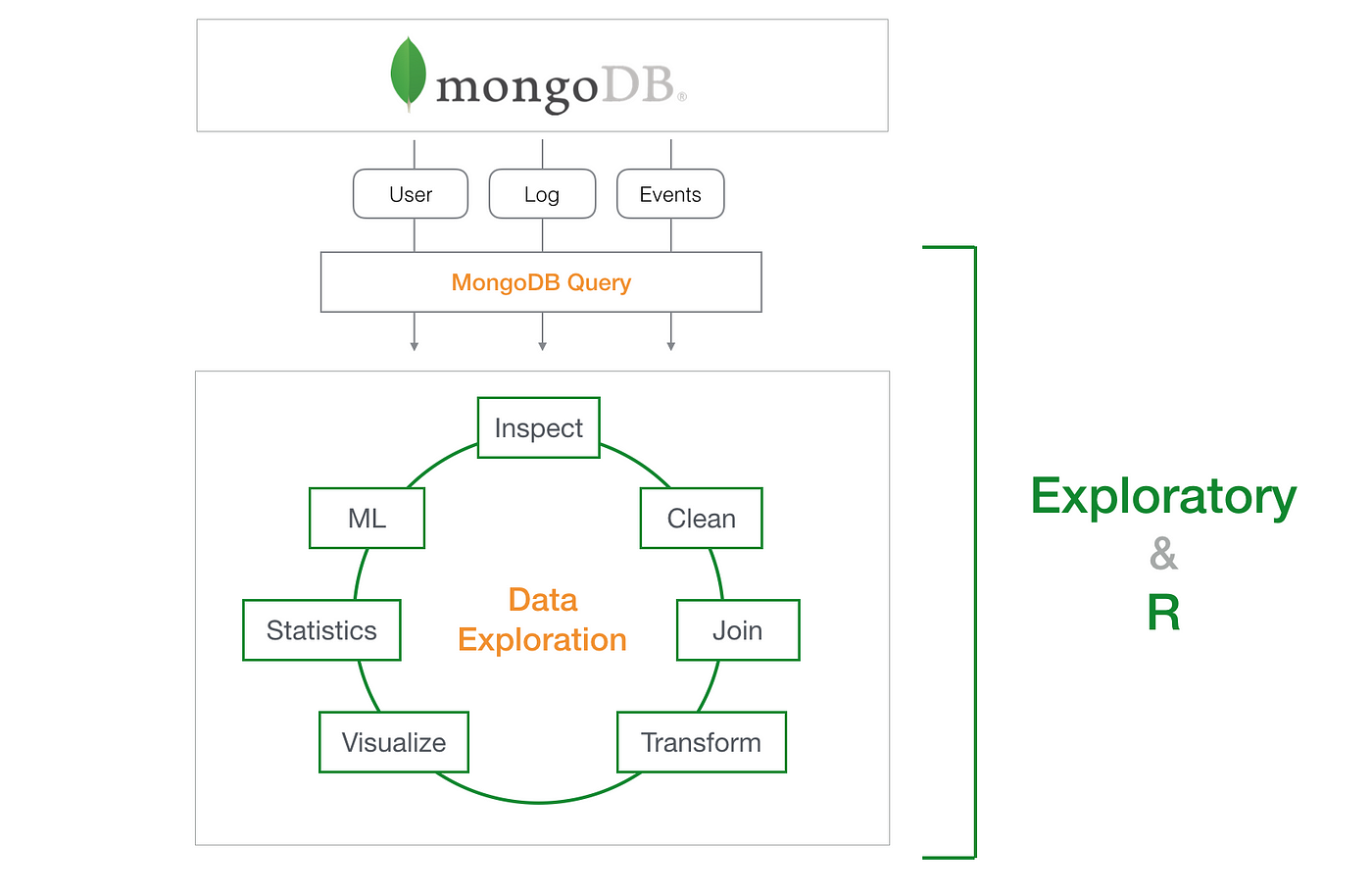Geospatial Indexing And Queries
In today’s data-driven world, location-based services are everywhere—from GPS navigation and ride-sharing apps to logistics and disaster management systems. Behind these services lies a powerful feature: Geospatial Indexing and Queries. These tools help databases understand and efficiently retrieve data related to physical locations on Earth. Whether it’s finding the nearest hospital or querying the locations within a certain radius, geospatial indexing makes spatial data analysis faster and more accurate.
Geospatial indexing is a method of storing and querying data associated with geographic locations. It allows databases to understand, sort, and filter data based on spatial coordinates like latitude and longitude. Geospatial data, also known as spatial or location-based data, refers to any data that is related to a specific position on the Earth’s surface. This can range from simple GPS coordinates to complex boundaries of cities, roads, or forests. In the modern digital age, geospatial data is everywhere—used in ride-sharing apps like Uber, food delivery platforms like Zomato, logistics management, weather tracking, smart city planning, and more.
Explanation:
Geospatial Data represents the location and shape of geographic features. This can be:
-
Point data (e.g., a tree, a restaurant)
-
Line data (e.g., roads, rivers)
-
Polygon data (e.g., country boundaries, lakes)
Geospatial Indexing allows databases to index this location data just like regular fields (e.g., name, age), but optimized for spatial operations.
Key Concepts:
-
2dsphere Index: Supports queries that calculate geometries on an earth-like sphere (used in MongoDB).
-
R-tree Index: Used in spatial databases like PostGIS, suitable for bounding box queries.
-
KD-Tree: A binary tree used in machine learning and computational geometry.
Why Geospatial Indexing is Needed?
Imagine you have a database of 1 million restaurants across the globe and you want to:
Find the 10 closest restaurants to your current location.
-
Check which restaurants fall inside a given city or boundary.
-
Locate all food outlets within a 2 km radius.
If there's no index, the database would need to scan every single document, compare locations, and then filter results—a very slow and inefficient process.
With geospatial indexes (like 2dsphere in MongoDB or R-Tree in PostGIS), these queries are highly optimized, returning results almost instantly, even in huge datasets.
Steps:
1: Open the terminal
2: Connect to MongoDB with:
Enter Mongosh
3: Insert Geospatial Data
This inserts three locations into a collection named places.
Geospatial technologies are growing rapidly, especially with the rise of smart cities, autonomous vehicles, and environmental monitoring. Some future trends include:
-
Integration with AI/ML for real-time spatial decision-making
-
Self-driving navigation systems that rely heavily on spatial data indexing
-
IoT + Geolocation to track assets and weather events
-
Precision Agriculture to optimize farming using geospatial analysis
-
Disaster response systems for flood prediction and evacuation planning.
Conclusion:
Geospatial indexing and queries form the backbone of modern location-aware applications. By efficiently indexing and querying spatial data, developers can build faster, smarter, and more interactive apps that understand the physical world around us.
Anushka Kakade
School: School of Computer Studies
Course: BCA (Bachelor of Computer Applications)
Interests: NoSQL, MongoDB, and related technologies






Nice 👍🏻
ReplyDeleteNice one 👍
ReplyDeleteInformative Blog
ReplyDeleteUseful post
ReplyDeleteIt's very nice
ReplyDeleteUsefull info
ReplyDeleteIt's very helpful and good understanding
ReplyDeleteWell explained👍
ReplyDeleteNice 👍
ReplyDeleteVery Nice and Informative
ReplyDeleteNice!
ReplyDeleteUsefull information....nice one
ReplyDeleteGoooddd
ReplyDeleteUseful and informative
ReplyDeleteExcellent and useful information
ReplyDeleteValuable insights
ReplyDeleteValuable and useful information 👍🏻
ReplyDeletebeautifully done
ReplyDeleteBest explained 👍🏻
ReplyDeleteSophisticated explanation and well described.
ReplyDeleteGreat..!
ReplyDeleteUseful Insights thank-you for sharing
ReplyDeletegood !!!
ReplyDeletegood explained
ReplyDeleteConcise and thoughtful content.
ReplyDeleteConcise and thoughtful content and also Useful Insights thank-you for sharing. to good
ReplyDeleteWell explained
ReplyDeleteNice blog 👍
ReplyDeleteGreat Work..
ReplyDeleteInsightful!!
ReplyDeleteGreat job
ReplyDelete